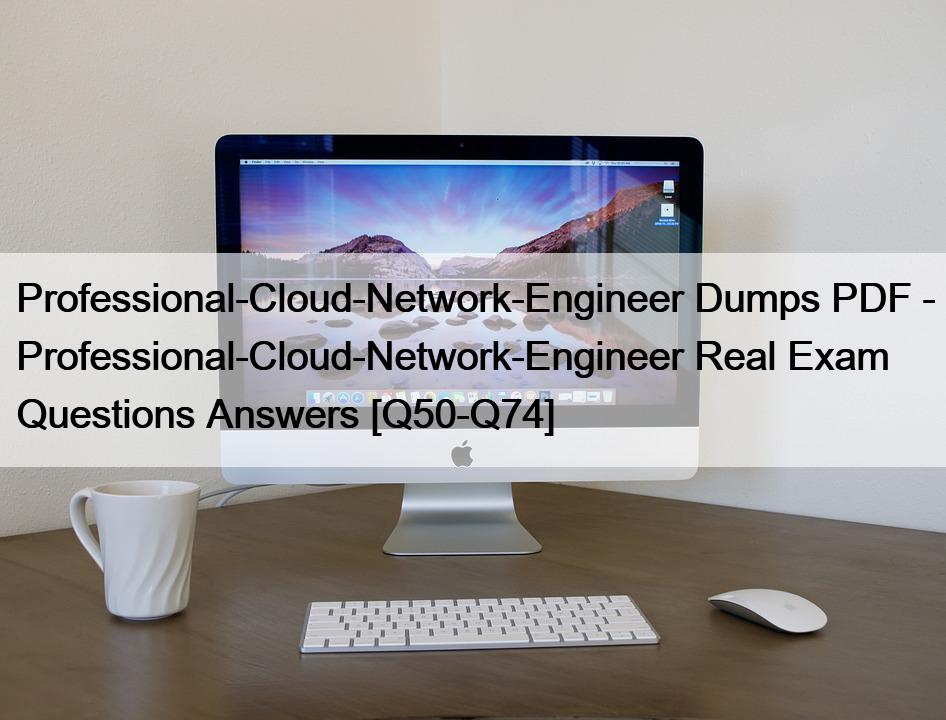Professional-Cloud-Network-Engineer Dumps PDF – Professional-Cloud-Network-Engineer Real Exam Questions Answers
Get Started: Professional-Cloud-Network-Engineer Exam [year] Dumps Google PDF Questions
Career Opportunities
Earning the Google Professional Cloud Network Engineer certification proves that you can perform successful Cloud implementations with the help of the command-line interface or Google Cloud Platform Console. The knowledge and skills gained during exam preparation qualify you for numerous networking-related job roles. Some of the titles that the certified candidates can consider include a Cloud Network Engineer, a Cloud Technical Solutions Engineer, a Cloud Infrastructure Engineer, a Cloud Security Engineer, a Server Infrastructure Engineer, a Data Engineer, a Corporate Sales Engineer, and a Sales Engineer, among others. The median salary associated with these positions is $132,279 per year.
Topics Assessed in Final Test
You can succeed in the actual Google Professional Cloud Network Engineer exam if you manage to demonstrate that you developed the following skills and expertise:
- Ensuring network resources optimization.
- Configuring Google Cloud features to implement network security;
- Implementing and configuring a Virtual Private Cloud using the GCP network;
- Implementing and configuring hybrid interconnectivity;
Target Audience and Requirements
The target candidates for this certification are Cloud network engineers. These specialists manage and implement network architectures within Google Cloud Platform. They have practice experience on Google Cloud Platform and also possess the skills required for networking architects and teams that design infrastructures or work with Cloud. These individuals have what it takes to leverage their experiences in implementing CPCs, network services, security, and hybrid connectivity for different established network architectures.
Please note that this certification has no official prerequisites. However, it is recommended that the test takers have at least three years of industry experience as well as one year of expertise in designing and managing solutions with the use of Google Cloud Platform.
Professional-Cloud-Network-Engineer Premium Exam Engine pdf Download: https://www.prepawaypdf.com/Google/Professional-Cloud-Network-Engineer-practice-exam-dumps.html

